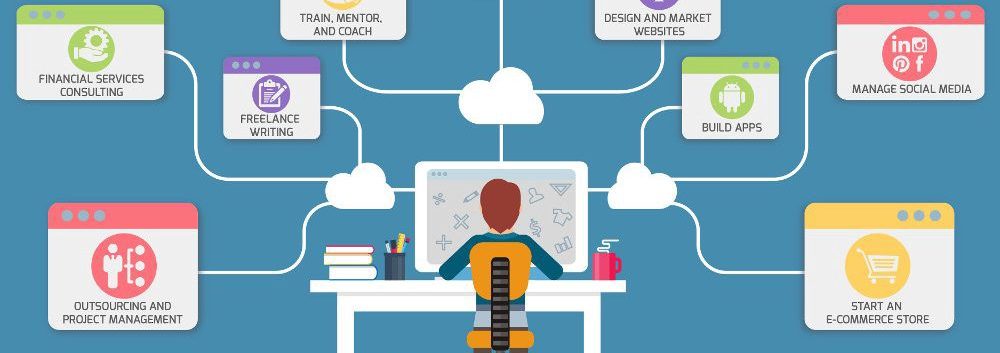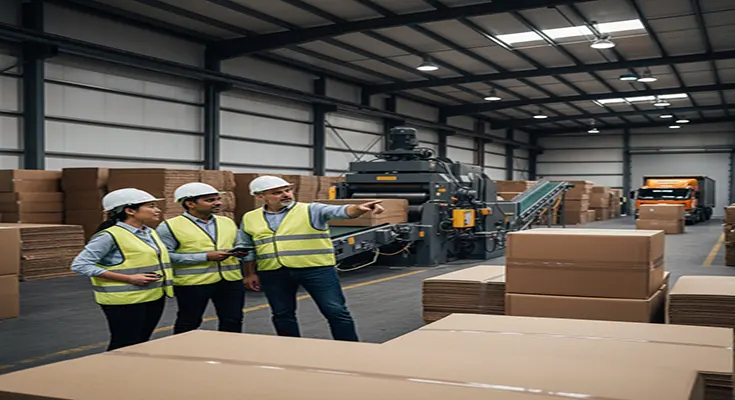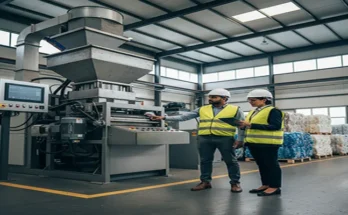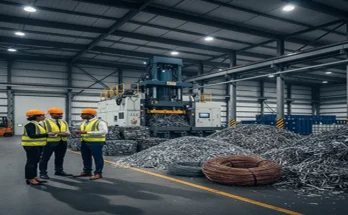The ubiquitous brown box is more than just packaging—it’s a high-volume, consistent revenue stream waiting to be tapped. As e-commerce booms and businesses prioritize sustainability, starting a commercial cardboard recycling company in your city presents a lucrative opportunity with built-in demand. The key to profitability lies in operational efficiency, strategic partnerships, and a deep understanding of the local commercial landscape.
Here is a step-by-step guide to launching your successful recycling venture.
Step 1: Conduct a Hyper-Local Market Assessment
Profitability starts with knowing your city’s waste stream and identifying your ideal clients.
- Identify High-Volume Generators: Focus on commercial entities that consistently produce large amounts of Old Corrugated Containers (OCC). This includes:
- Big Box Retailers & Grocery Stores: They receive daily shipments in cardboard.
- Warehouses and Distribution Centers: Logistical hubs are cardboard goldmines.
- Manufacturing and Industrial Parks: Steady production waste.
- Large Office Buildings: Paperboard and small shipping boxes.
- Analyze the Competition: Who is currently collecting commercial cardboard? Assess their pricing, service schedules, and equipment. Look for underserved areas or businesses with poor service that you can target with a better offer.
- Determine Your Buyer: You must establish a relationship with the ultimate end-user—the paper mills or large processing centers that buy the baled cardboard. Get a clear understanding of the commodity prices (which fluctuate) and the quality standards (contamination tolerance) they require.
Step 2: Develop a Strategic Business Model
Your business model will dictate your startup costs and long-term operating profit.
| Business Model | Description | Startup Cost (Relative) | Revenue Stream |
| Collection & Aggregation | Collect cardboard from businesses, compact it into bales, and sell the bales directly to a mill. | Medium (Requires trucks, baler, facility) | Sale of baled commodity ($/ton). |
| Pick-up Service Only | Provide collection bins and frequent hauling services, then deliver the loose or compacted cardboard to a large regional processor. | Low (Requires smaller trucks/bins, minimal processing space) | Service fees/tipping fees paid by businesses. |
| Full Processing (Long-Term Goal) | Collect, sort, bale, and pulp/reprocess the cardboard into new products (e.g., egg cartons, paperboard). | High (Requires advanced machinery) | Sale of finished goods and commodity sale. |
For most startups, the Collection & Aggregation model offers the best balance of revenue and manageable initial investment.
Step 3: Secure the Essential Equipment and Facility
The upfront investment in equipment is significant but crucial for efficiency and profitability.
Key Equipment:
- Industrial Baler: This is your primary profit driver. Balers compress cardboard into dense, mill-sized bales, dramatically reducing storage space and lowering transportation costs. Vertical balers are a common starting point for smaller spaces, while Horizontal balers are for high-volume operations.
- Collection Vehicles: Reliable commercial trucks for your collection routes.
- Forklift: Necessary for moving and loading the heavy, finished bales.
- Containers: Provide customers with clear, durable collection bins or compactors.
Facility:
You will need a secure, appropriately zoned warehouse or transfer facility. The site must have:
- Ample space for your baler and equipment.
- Easy access for commercial trucks (yours and the buyer’s).
- Sufficient covered storage to keep the cardboard (your commodity) dry, as wet or contaminated cardboard significantly reduces its market value.
Step 4: The Path to Profitability: Managing Margins
Cardboard recycling profits are driven by high volume and tight cost control. Industry profit margins often average 10% to 20%, depending on market rates.
- Maximize Collection Density: Optimize your collection routes to minimize fuel consumption and driver time. A poorly planned route can easily erase a day’s profit.
- Control Contamination: Impress on clients the critical importance of keeping the cardboard clean and dry (e.g., no pizza boxes, no grease). Mills will reject contaminated bales, forcing you to pay disposal fees.
- Negotiate Buyer Contracts: Secure favorable, long-term contracts with mills or major buyers. The stability of a contract is often more valuable than chasing the highest spot-market price.
- Generate Service Revenue: While selling the commodity is the main goal, consider charging commercial clients a small service fee for the regular collection. This provides a stable revenue floor, protecting you from dips in the commodity market.
Step 5: Compliance, Licensing, and Marketing
Before your first collection, ensure all legal and promotional boxes are checked.
- Licensing and Permits: Register your business and secure all necessary local and state permits for waste hauling, transfer, and storage. Waste management is a heavily regulated industry.
- Insurance: You will need comprehensive insurance, including general liability, commercial auto, and equipment breakdown coverage.
- Branded Collection: Invest in professional, clearly labeled bins and trucks. Your public appearance is a direct reflection of your reliability.
- Value-Added Marketing: Market your service not just as recycling, but as a cost-saving solution. Show businesses how your service can lower their overall garbage disposal costs (since commercial garbage fees are often higher than recycling fees) and help them meet their corporate sustainability goals.
By focusing on high-volume commercial clients, investing wisely in baling equipment, and maintaining ruthless operational efficiency, your local commercial cardboard recycling company can quickly become a profitable, environmentally essential service in your city.





